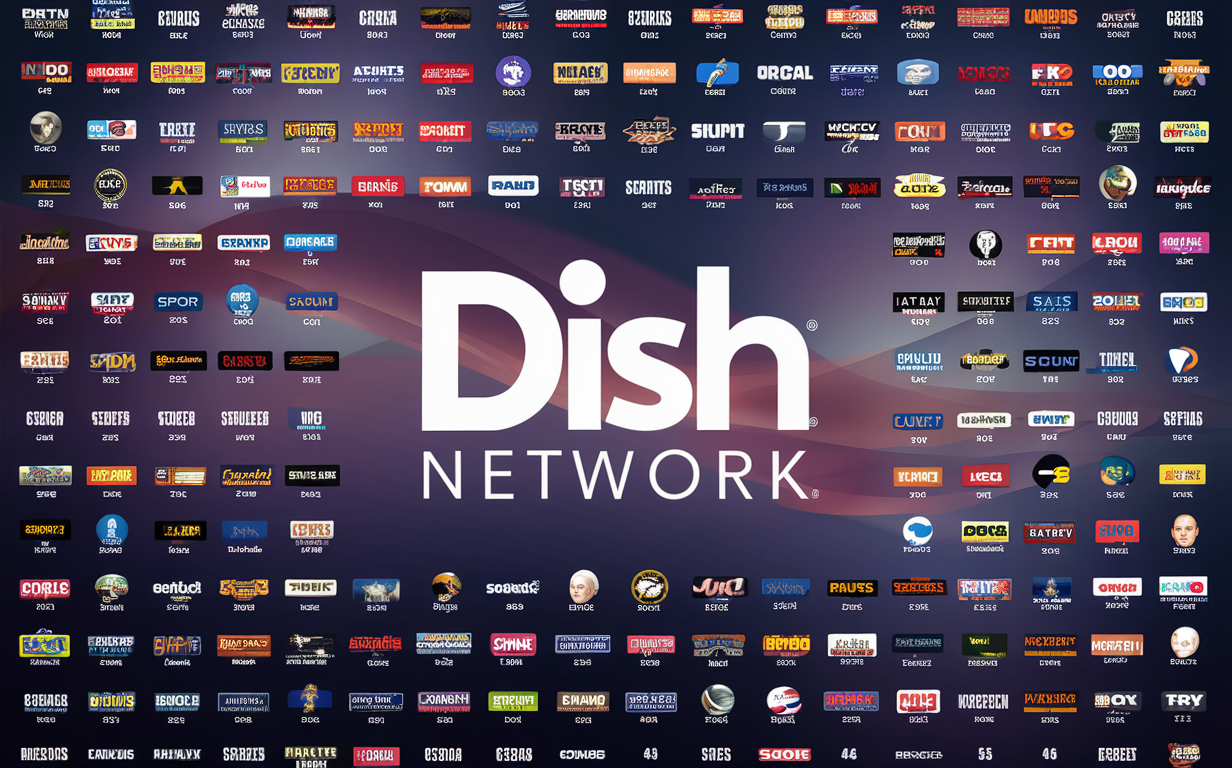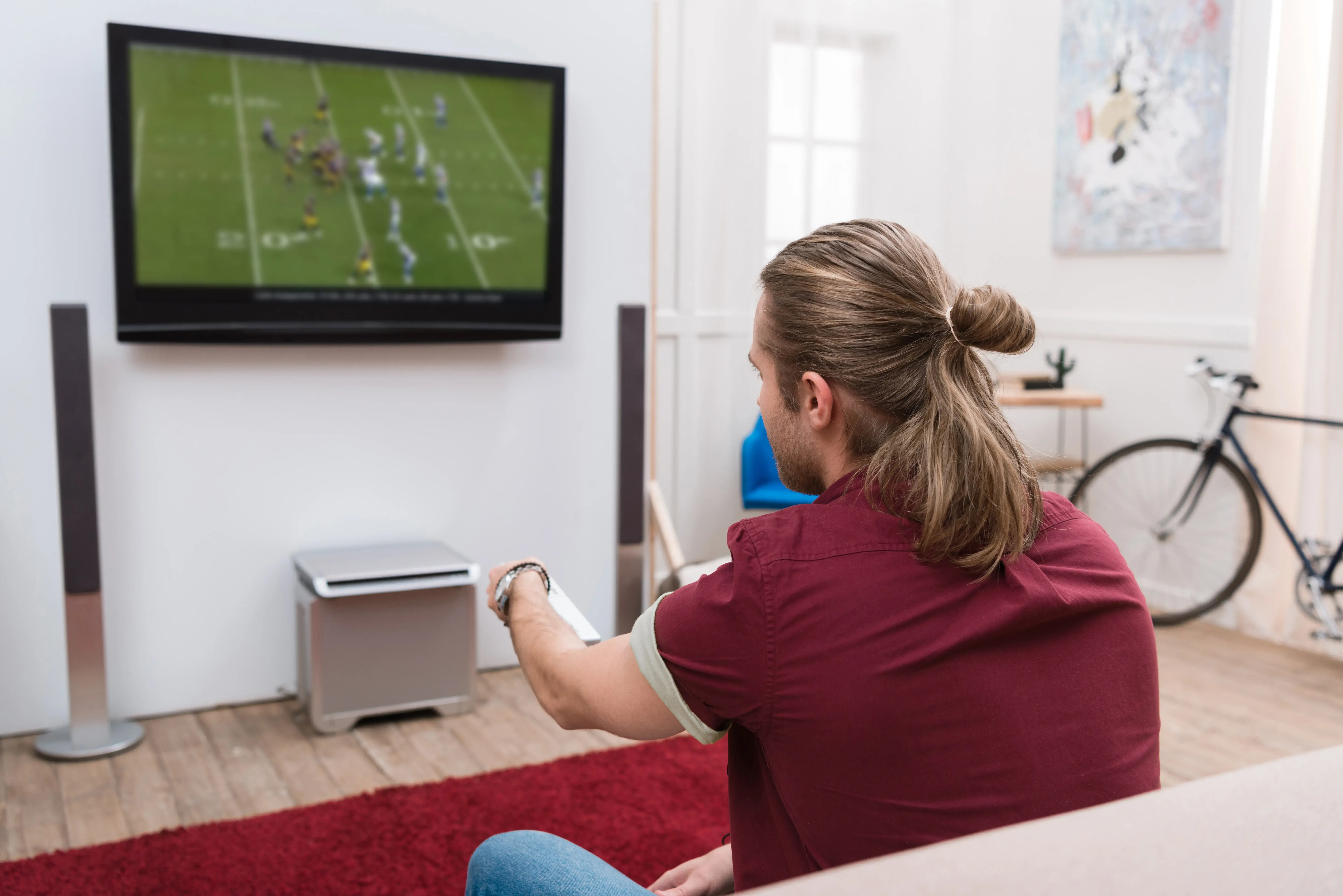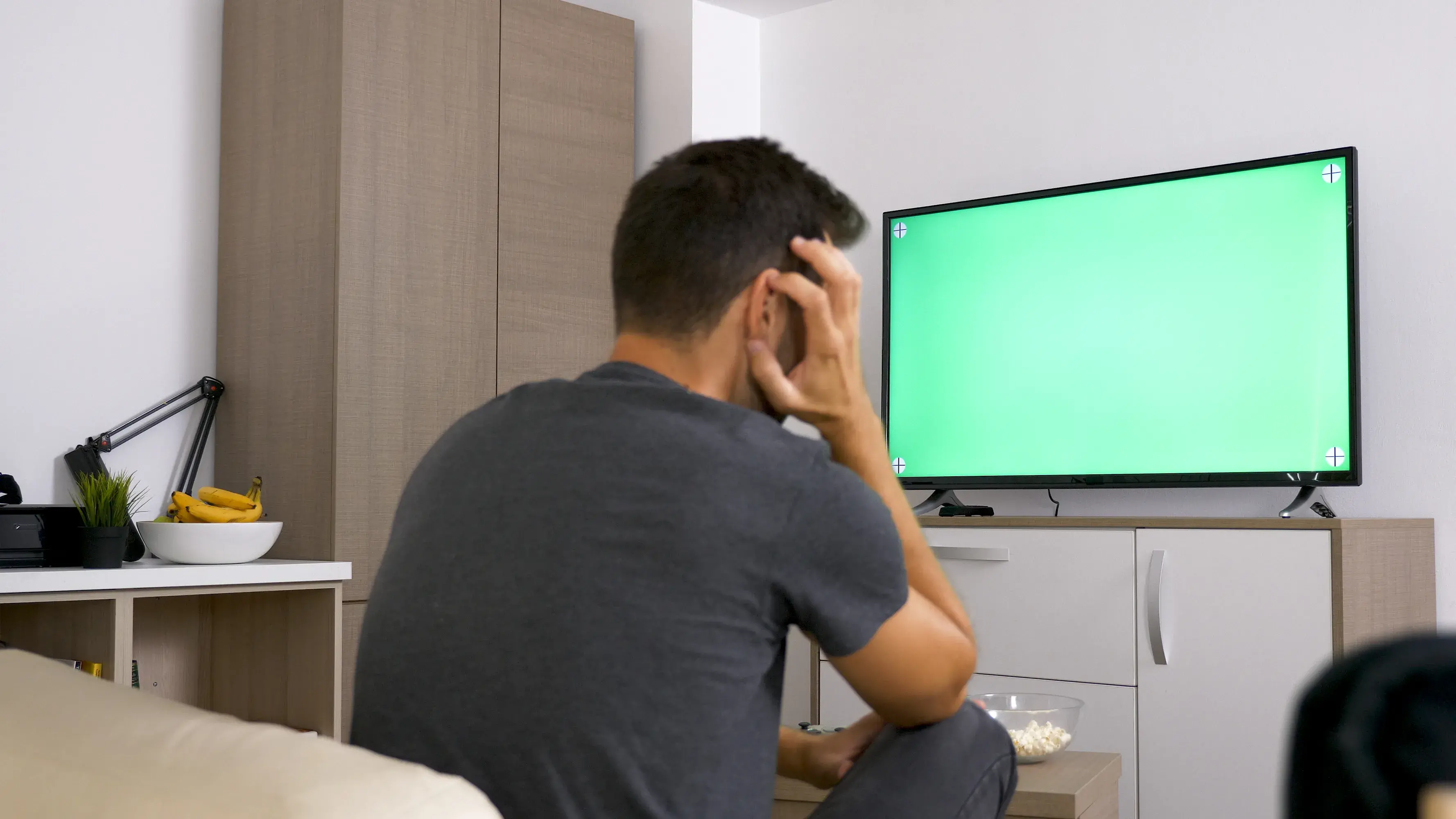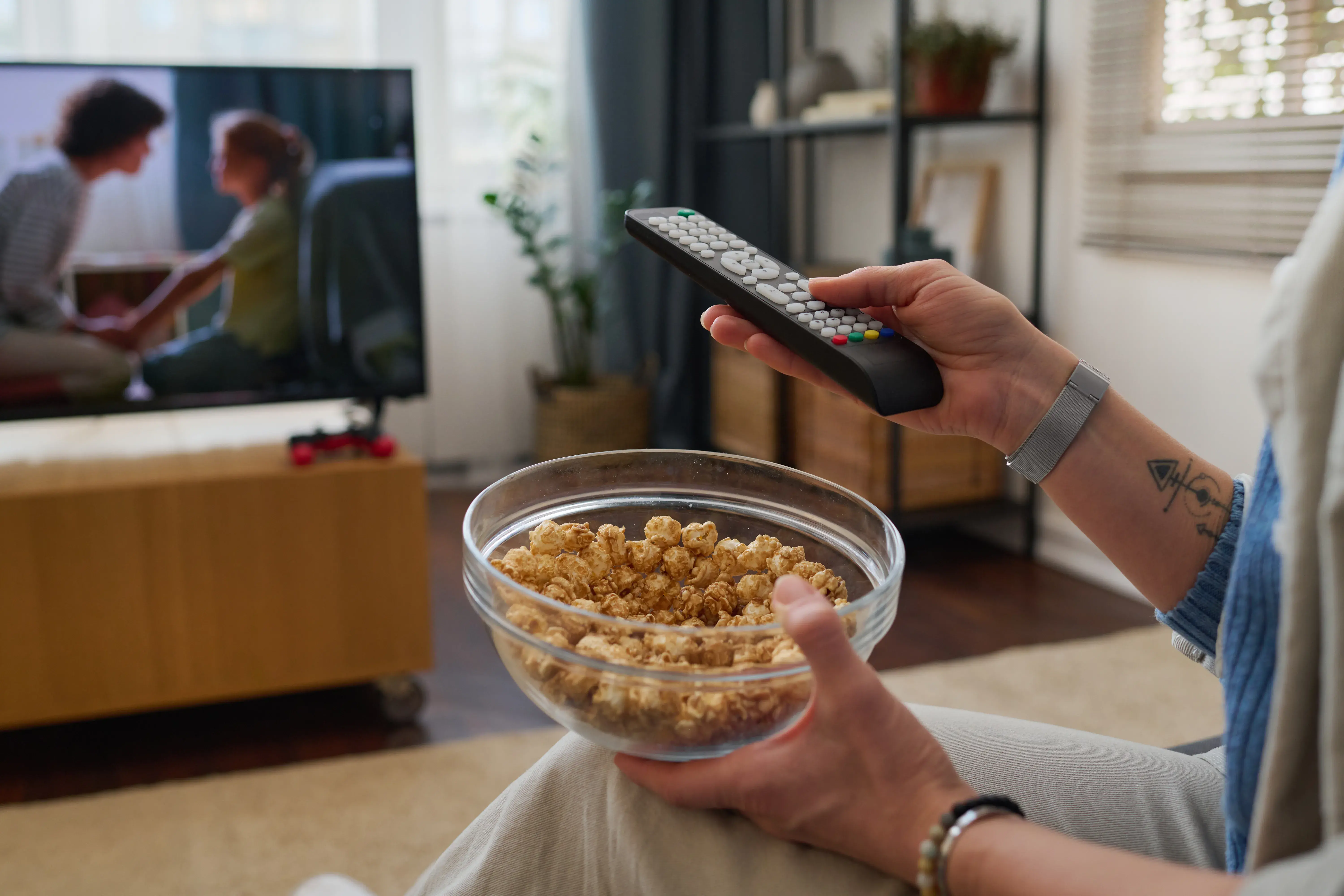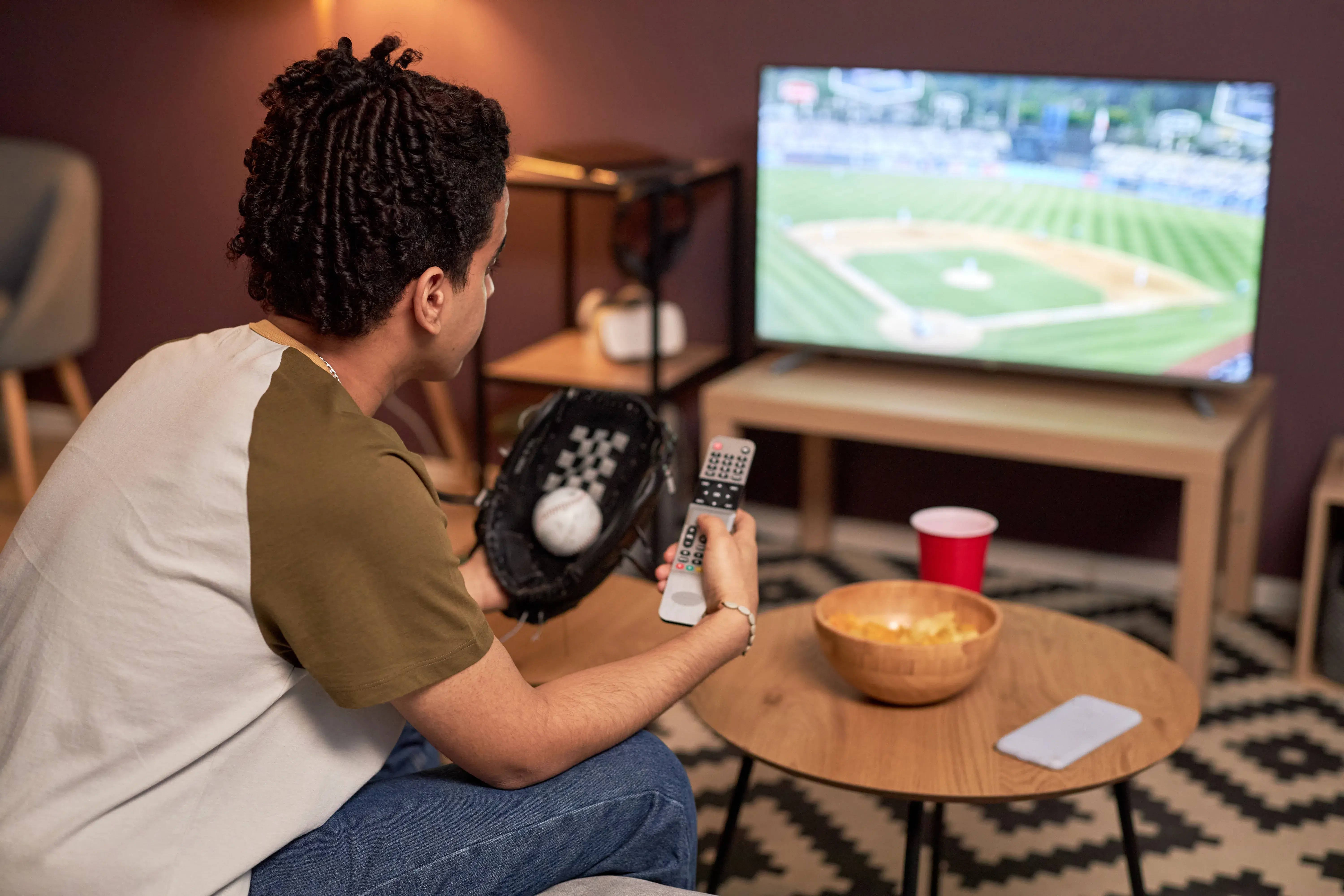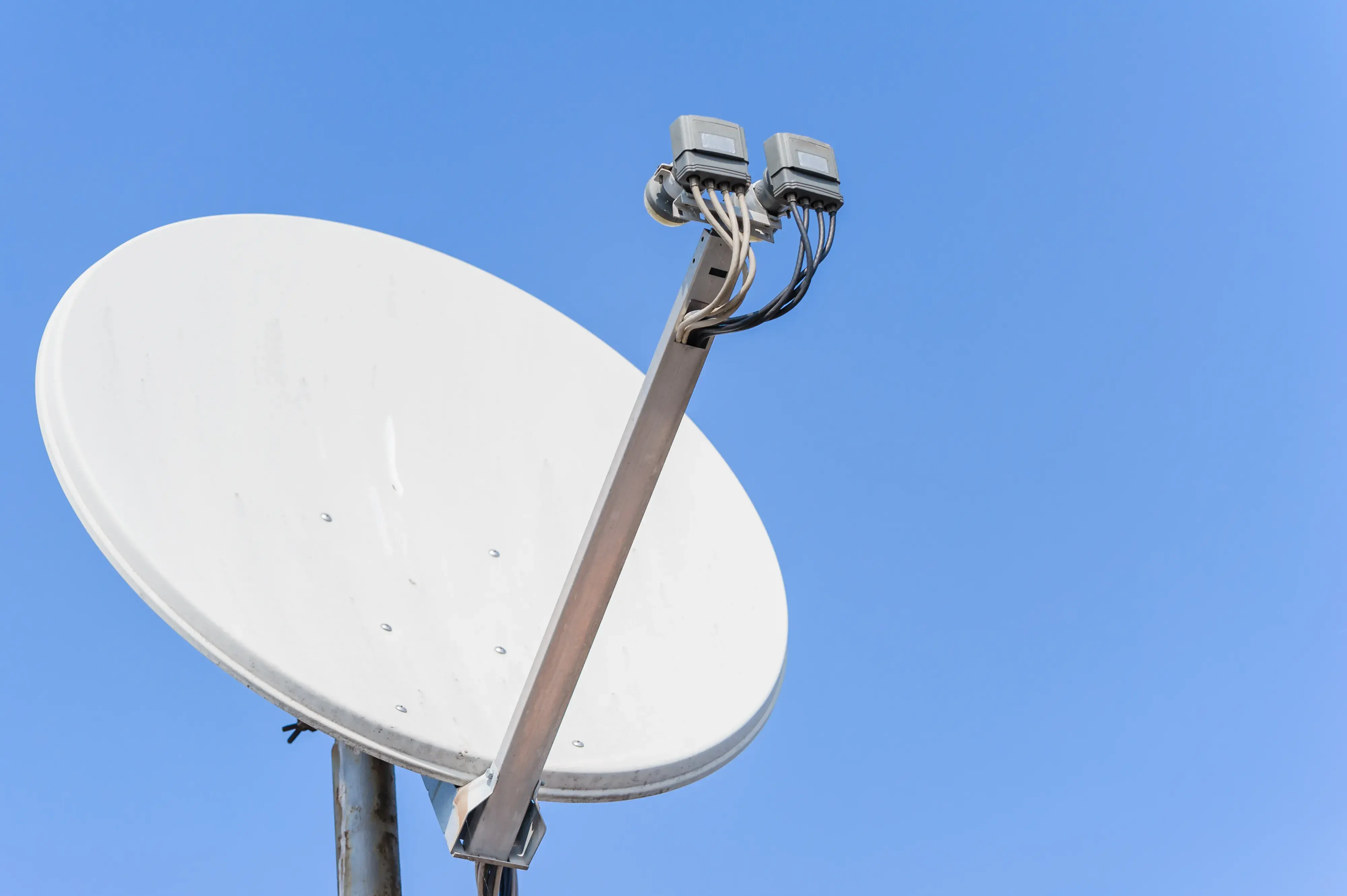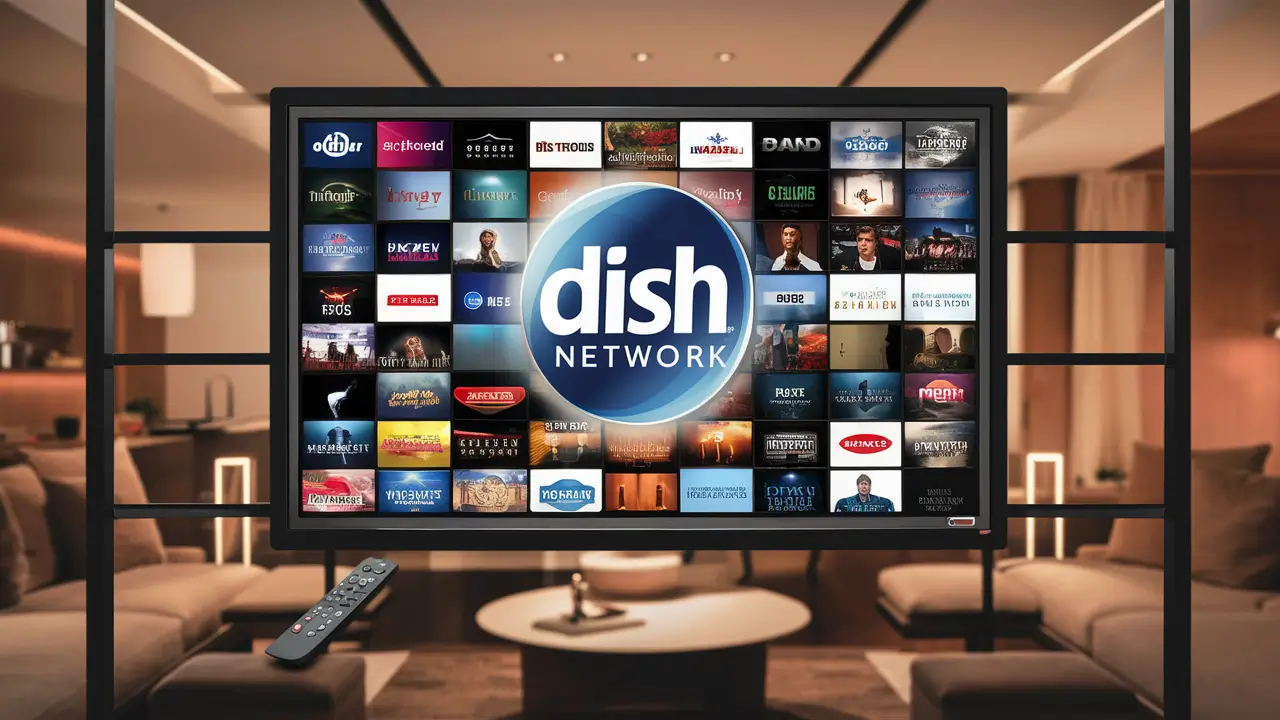
Adjusting the screen size on the Dish Network receiver can be beneficial for improving the way content is displayed on the TV and its overall aspect ratio. Regardless of whether you have a standard definition television set or a high definition one, most units will allow you to change screen settings quite easily. Here is a step-by-step guide to changing the screen size on a Dish Network receiver:
Preparation
Before tuning any parameters, ensure that your Dish receiver is well connected to the TV through HDMI, component, composite, or coaxial cables. The HDMI connection will offer the best quality of video and audio. Also ensure that the right input is being displayed on your TV so that it shows the content from the Dish receiver.
Where Is The Menu Button On Dish Remote
Almost all Dish Network remotes including those for Hopper, Joey, Wally, earlier models etc. , have a button marked “Menu” usually at the top. This key is used to invoke the system menu on the screen that provides an access to the system configuration. Newer voice remotes have a button with a microphone icon to get to menus using voice.
Navigate to Display Settings
The option “Display” can be accessed from the main menu, where it is located in the submenu. It is usually under Settings or Preferences and the navigation will depend on your Dish model and the software version. The picture settings can be found in the “Display” or “Screen Adjust” submenu.
Adjust Aspect Ratio
Within display settings you have aspect ratio which alters the shape and size of the picture to occupy more or less of your television screen. There are several common options to choose from:
- Normal/Stretch – The picture is stretched to fit the 16:9 screen while preserving the 4:3 aspect ratio of the image. Causing distortion.
- Zoom – Removes sides so that there will be no aspect distortion on the 16:9 screen of the television.
- Partial Zoom – The cropping of the image is less than that of Full Zoom. Minimizes black bars.
- Normal/Standard – Displays the content in its original 4:3 aspect ratio meaning that it occupies only a part of the screen and there are black bars on the sides of the screen when watched on a widescreen.
- Zoom 4:3 – Extends 4:3 video and fits to 16:9 screen.
There could be other options such as 16:9, Panoramic, Letterbox and others depending on the Dish model you are using. Thus, experimenting with different modes in combination with different content may produce a result that is suitable for your TV.
TV Aspect Ratio Settings
Remember also that TV itself often has aspect ratio configurations in its menu. It is preferable if the Dish receiver and the real television set have similar settings for aspect signals to prevent interference. Your TV has normal and wide mode, plus zoom, full, panorama, movie expand, and stretch, and other modes to try.
Set Picture Size
In the Dish display settings, also look for a “TV size” option to change the output resolution to ensure the Dish GUI matches your television. Selecting the right output resolution 1080p, 720p or 480i will enhance the picture quality. It is necessary to set your TV’s input resolution to “Auto” before starting the test. Adjusting the picture size together with the aspect mode will provide the best picture positioning and avoid the issue of additional black stripes on the top and bottom or too much of the picture being cut off.
Adjust Screen Positioning
Other Dish display settings that should be examined are picture position and adjustments which either center or zoom the input video signal in order to optimize the picture for the screen. Adjusting these settings can assist in reducing black bars or removing cropping totally. Press the arrow buttons on your remote control to scroll through horizontal and vertical movements in small steps at a time until your content is perfectly positioned and sized on your TV.
Widescreen Formats
The vast majority of the current HDTVs come with 16:9 widescreen aspect ratios ideal for watching widescreen, including streaming services. However, 4:3 standard definition and some older programming still uses a square format which doesn’t fit widescreen very well. The use of aspect modes enable one to determine which mode suits a given view depending on the need. Most of the time it is preferred to select “Zoom” or “Partial Zoom” for widescreen TV compatibility.
Standard Definition TVs
For older 4:3 square format SDTVs, the most suitable mode is often the “Normal” or “Standard” mode, which will play high-definition channels in letterbox format accompanied by black bars. When stretching 16:9 HD video to fit screen space on a 4:3 TV set it distorts the images. The “Wide” mode can be utilized to eradicate bars and populate the screen, but it does so at the cost of precision. TD and movie channels are frequently presented in widescreen for modern wide screen TVs.
Additional Options
Additional aspect related features may include availability of aspect ratio settings for inputs or inn “HDMI Settings”, pillar box width for 4:3 on a 16:9 screen, and other options that allow users to specify the default mode for SD, HD, or component video inputs on the Dish receiver.
That should cover the major adjustments available and how to program Dish Network receiver to display on 4:3 or 16:9 TVs and enhance the picture. Changing the Dish aspect ratio and your TV screen mode is not easy, and it takes time to find the perfect match. It is crucial to format the content in a way that will not have black bars but will not distort the aspect ratio to the extreme either.
Ready to upgrade your TV experience? Call us now at (877) 471-4808 to find the perfect Dish Network plan for you! Don’t miss out on great entertainment—our team is here to help you choose the best package and get you started today.
